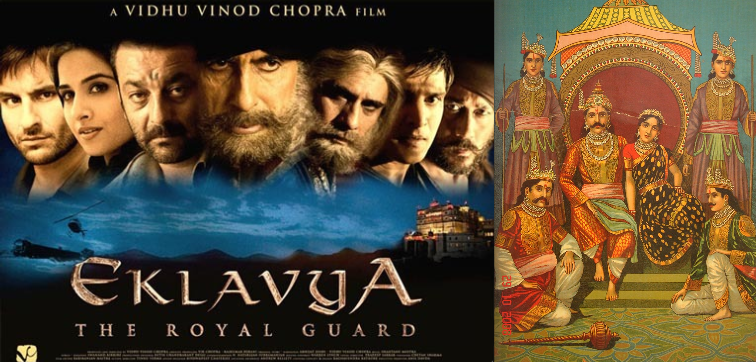Movies, Cultural Literacy, and Our Coexistent Future
That was a homerun presentation!
Many people, at least in the United States, know exactly what that phrase implies – it implies that the presentation was great, likely to get the job done.
Now imagine waking up from a time capsule that you entered 300 years ago and then hearing that phrase. Would it make any sense to you? Probably not. Why? Because the effectiveness of the phrase depends on you understanding the basics of baseball.
This is the importance of cultural literacy.
In films, just as in business meetings, cultural allusions are used all the time, in dialogue, in plot, and in imagery. And if sports allusions rule the boardroom, religious allusions rule the screen.
In the United States, for example, Christianity is so commonly alluded to in film that many Americans, whether Christian or not, are probably quick at spotting on-screen allusions to the Crucifixion. Allusions that come to my mind, for example, include the climactic scenes of Braveheart (1995), One Flew Over the Cuckoos Nest (1975), and Platoon (1986), to name a few.
Importantly, while American movies may differ on which of the common cultural-religious allusions they use, the whole menu of choices changes dramatically when you start considering films from across the world.
And for me, at least, this is one of the main draws for watching international cinema. Because as you watch, you learn about other cultures, and as you learn about new cultural contexts, you are better able to appreciate the on-screen character dynamics, dialogues, and plots that unfold within them.
This learning dynamic is one of the reasons I appreciate the works of Asghar Farhadi, an Oscar-winning Iranian filmmaker. To me, his films About Elly (2009) and A Seperation (2011) are brilliant because they depend on awareness among the audience of Islam and of Iranian culture, but at the same time, provide contextual queues so that the audience can gain such awareness, and thus better appreciate the plot.
On the face of it, the 2017 Indian film, Eklavya: The Royal Guard, contains a fairly simple story. Eklavya, played by Amitabh Bachchan comes from a line of bodyguards who, like himself, dedicated their lives and honor to the protection of their employer, the king – who in this case is Rana Jaywardhan, played by Boman Irani.
To spare some plot surprises for a viewing, I’ll cut right to the crux of the story. When the king’s son, Prince Harshvardhan (played by Saif Ali Khan), finds out that his father murdered his mother, he plots to have him killed. This puts Eklavya in a tough position. With his sworn honor and life’s purpose demanding that he avenge the king by killing the prince, he must also contend with his love for the prince, and the dishonorable deeds of the king.
In a way, this story has a real Shakespearean feel to it. But I also think it contains important allusions to the Mahabharata, one of the major epics composed during the formative years of Hinduism.
In the Mahabharata, a climactic battle divides members of the same extended family. On the one side are claimants to the throne; on the other, those defending it. And between them are deep affections. So what maintains the martial discipline among friends who would otherwise avoid fighting one another (in this case, some of the warriors actually empathize with the claims of their battlefield enemies)? The reason is Dharma.
I am no expert in Hinduism, and this term, like Hinduism, means different things for different people. But in a general sense, Dharma implies the importance of following one’s duty, even if that duty is different, or even at odds, with the duty of another. The seeming tension inherent in this concept, which Arjuna wrestles with on the eve of the battle, provides the basis of the Bhagavad Gita, one of the most important texts in modern Hinduism.
Now, I’m not saying one must know this background to enjoy Eklavya: The Royal Guard. Certainly not! One can definitely enjoy the film without reading a single page of the epic. But when considering the impact of the movie on its likely or intended audience, it is helpful to know that that audience is probably aware of cultural allusions that you might be missing.
The use of cultural allusions is something that fascinates me, and it is one that I will be following in the years to come as filmmakers look increasingly to global, cross-cultural audiences. Will movies decrease the use of culturally specific references, or will our awareness of the cultural diversity of the world’s populations simply keep apace with the globalization of film?
I hope we can keep apace, because learning about your neighbor doesn’t mean giving up your own beliefs; it just means knowing that yours are not alone. And to keep this focused on movies, it means knowing that when you and your neighbors sit next to each other in the movie theater, you may be seeing, and feeling, something very different, but no less human, than them.
